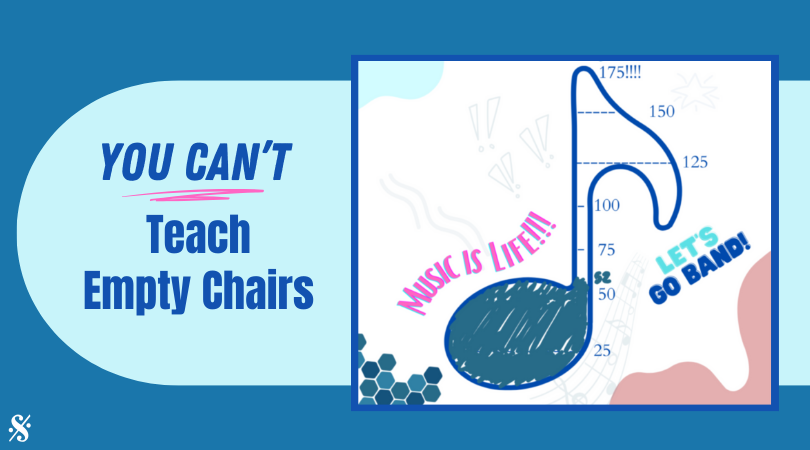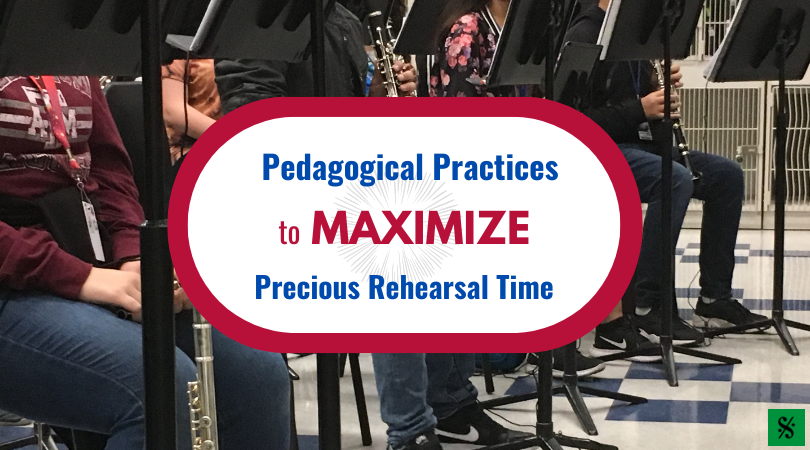
A lot of notes on trumpet can be easily tuned or adjusted quickly by air speed and direction or embouchure and aperture position. However, when you get into certain valve combinations, especially those including the 1st and 3rd valve, you can use the valve slides to help make those pitch changes when the tuning correction may be too large.
The most common notes to use the third valve slide on are the low C# and D. These notes are typically very sharp, and require assistance from the 3rd valve slide. But how do we know how far to kick the slide out?
Make sure you are warmed up and playing with your natural full sound when tuning any note. First, you want to tune your instrument to an open C (you can use the lower C or the 3rd space C) to establish that the main part of the instrument is in tune. From there we can choose either the C# or D to tune next. Start by playing the note without the slide out, and without looking at the tuner to allow for a natural feel. Once the note has started, look at the tuner and adjust your slide out until you find the center of the pitch. This should give you a relative idea for where to set your slide for these notes.
You may find that you have a slightly different setting between the C# and D. Generally due to the nature of the instrument, the 3rd valve slide will need to be extended slightly further out for C#, and slightly closer in for D.
The first valve slide will not need to be used as often, but can also help to lower pitch on other notes that tend to be slightly sharp on the instrument such as first line E, second space A, and the High A just above the staff, as well as top line F.
Of course within any piece of music or ensemble the specific tuning of each note may also depend on the relationship of the note in the chord, what other instruments are in your ensemble, and other factors.
Some other tips to consider:
- Notes from low C and below do not have traditional pitch tendencies and typically slides are not needed.
- Notes above the staff tend to be sharp for younger players as they tend to pinch or squeeze for these notes, causing them to go sharp.
- Fatigue can affect players differently in regards to intonation. Some go flat when tired, some go sharp.
- Temperature can also affect pitch: cold trumpets tend to play flat, and hot trumpets tend to play sharp. Temperature can especially affect pitches that are already out-of-tune. For example, top space E is always flat, but as the temperature decreases, this E will get flatter by larger amounts.
Related Reading:
ONE Thing that Improved Student Performance in Your Band (well, really 64)
Why Every Trumpet Player Should Practice Their Mouthpiece
Tone Centering for Trumpet
If you would like to receive our weekly newsletter, sign up here.
Don’t forget to like us on Facebook too!
Learn. Share. Inspire.
BandDirectorsTalkShop.com






Leave a Reply
You must be logged in to post a comment.